Navigating Risks: Using the Lifepo4 Battery Without BMS

Lithium Iron Phosphate (LiFePO4) batteries are increasingly becoming the preferred energy storage solution for a variety of applications. They have an excellent safety profile and offer high performance with minimal maintenance requirements, making them ideal for use in consumer electronics and industrial automation systems.
However, these advantages come at a cost - LiFePO4 batteries require careful management to ensure optimal operation and longevity. Without proper monitoring and protection, they can suffer from degradation or even catastrophic failure due to overcharging or overheating. In this article, we will explore the implications of using LiFePO4 without Battery Management System (BMS) technology.
The BMS is designed to monitor and regulate all aspects of battery performance and behavior during charging and discharging cycles. Its purpose is to protect the battery from damage caused by excessive current draw, voltage surge, temperature fluctuations, prolonged deep discharge cycles, over-voltage conditions, etc.
This system ensures that all cells within the pack remain balanced in terms of charge/discharge capacity throughout their lifespan. By providing continuous real-time data about the state of health of each cell within the pack as well as overall pack status information, it helps increase reliability while reducing operational costs associated with premature battery failure.
However, not everyone has access to sophisticated BMS technology due to either economic constraints or a lack of knowledge on how to implement such a system correctly into their particular application. As such there are many occasions when users opt out of installing a BMS altogether and instead rely solely on basic charger circuitry for managing their LiFePo4 packs.
While this may work in some cases where carefully monitored operating parameters are maintained at all times; it carries considerable risk under less-than-ideal circumstances which could lead to costly repair bills or even worse loss of life if deployed in mission-critical scenarios like electric vehicles or medical equipment power supplies.
Therefore it is important to understand the potential hazards before opting for a 'no BMS' approach when powering devices with LiFePo4 batteries.
Definition Of Lithium Iron Phosphate Battery
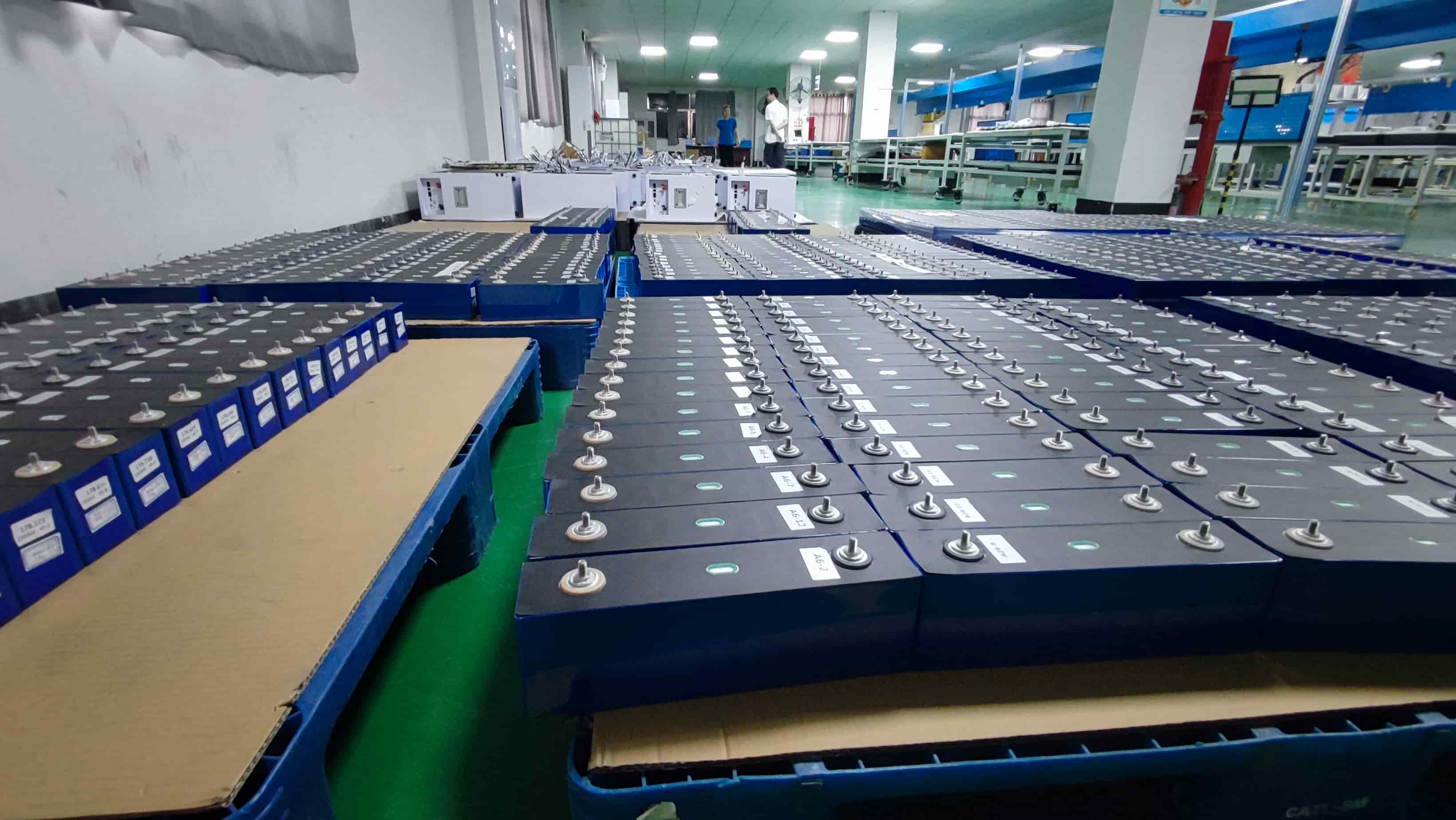
Lithium Iron Phosphate (LiFePO4) is a type of rechargeable battery widely used in the automotive and power tool industries. This technology has been developed over the last decade due to its unique advantages such as high energy density, low cost, long cycle life and thermal stability.
The chemistry of LiFePO4 consists of lithium ions embedded within an iron-phosphate lattice structure that provides improved safety compared to other lithium chemistries.
The most notable benefit of LiFePO4 batteries are their ability to deliver higher amounts of current for shorter periods than traditional lead acid batteries while still being able to withstand deep discharges without significant damage.
Additionally, they have excellent charge acceptance capabilities which allow them to be charged more quickly than many other types of batteries. As a result, these batteries can be recharged hundreds or even thousands of times with minimal degradation in performance over time.
Due to all these benefits, Lithium Iron Phosphate batteries are becoming increasingly popular in applications where frequent charging and discharging are necessary such as electric vehicles, grid storage systems and portable electronic devices.
They also offer much greater potential when it comes to powering industrial equipment requiring reliable operation under extreme conditions like those found on construction sites or certain remote locations. All this makes them attractive solutions for various applications ranging from consumer electronics to home energy management systems.
Advantages Of Lifepo4 Batteries
LiFePO4 (Lithium Iron Phosphate) batteries have become increasingly popular due to their high energy-to-weight ratio, increased safety and longer life cycle. According to recent estimates, LiFePO4 batteries are expected to account for almost 70% of all lithium ion battery production by 2027.
With these advantages in mind, let us explore the benefits of using a Lifepo4 battery without a Battery Management System (BMS):
One key benefit is that LiFePO4 cells can be used safely at temperatures as low as -20°C (-4°F), making them ideal for use in extreme environments or during cold winter months.
Additionally, LiFePO4 batteries feature excellent charge acceptance rates even when discharged deeply. This allows users more flexibility with usage cycles and reduces stress on the cells themselves, leading to an extended lifespan over other types of batteries such as Lead Acid or Nickel Metal Hydride models.

The combination of higher power delivery capabilities with superior longevity makes LiFePO4 batteries particularly attractive for applications that require frequent cycling at high currents. Examples include electric vehicles, solar storage systems, power tools and medical equipment where reliability is paramount.
Furthermore, LiFePO4 cells offer improved resistance against vibration and shock damage compared to other chemistries, allowing them to survive punishing conditions while still providing reliable performance. This also makes them well-suited for portable devices such as phones and laptop computers that may experience knocks or bumps during transport.
In short, Lifepo4 technology offers numerous advantages including better temperature tolerance, greater charge acceptance rates, fast discharge times and superior mechanical stability; making it an invaluable choice for powering critical systems which demand reliable & efficient operation under any condition.
Disadvantages Of Lifepo4 Batteries
LiFePO4 batteries, while offering some advantages over other types of lead-acid batteries, come with several drawbacks that must be considered when determining the most suitable battery for a given application.
The downside to using LiFePO4 batteries is the high price tag associated with them. While they may offer improved performance in certain applications versus traditional lead-acid technologies, they also can be much more expensive per cell or module than alternatives such as AGM or Gel technology.
This means that users need to carefully weigh up whether any additional power gains justify the added expense before making a purchase decision.
And although LiFePO4 cells have better power output capabilities than standard lead acid designs, they still tend to lack the same level of peak current output which could limit availability in certain situations where large loads are required on demand.
Furthermore, unlike traditional lead acid solutions which allow fast recharging times from depleted states, LiFePo4 chemistries typically take longer periods to return back to full capacity levels after heavy use - thus increasing downtime for critical operations.
Types Of BMSs
Battery Management Systems (BMSs) are essential components in the operation and maintenance of lifepo4 batteries. BMSs serve to protect batteries from overcharging, overheating, deep discharging, and other conditions that can cause damage or reduce battery life. There are several types of BMSs available on the market today; they range from basic systems to more advanced smart BMSs with cell-balancing capabilities.
The following table displays various features of different types of BMSs:
| Type | Features |
|---|---|
| Basic | Overcharge/deep discharge protection |
| Temperature monitoring | |
| Lithium | Voltage monitoring |
| Current limiting | |
| Smart | Cell balancing |
| Bluetooth | Data logging |
A basic BMS is a relatively simple system that provides protection against overcharging and deep discharging, as well as temperature monitoring. This type of system does not provide any additional functionality such as voltage or current limiting for further protection. For this reason, it is best suited for low-power applications where cost is a major factor.
Lithium BMSs are designed specifically for use with Li-ion cells and offer enhanced features such as voltage monitoring, current limiting, and cell equalization (balancing). These systems offer superior performance compared to their basic counterparts due to the additional features they possess, but they come at an increased cost.
Smart Battery Management Systems (smart BMS) feature all the benefits of normal BMSs plus some added advantages such as cell balancing via Bluetooth connection, data logging capability and remote access control options through smartphone apps.
They also have advanced safety functions which allow them to detect potential issues before they become serious problems. Smart BMSs offer an easy way to monitor your battery’s health without having to open up the case yourself and inspect each individual cell manually making them ideal for large-scale installations or high-powered projects where accuracy and reliability are paramount considerations.
How is the BMS Work
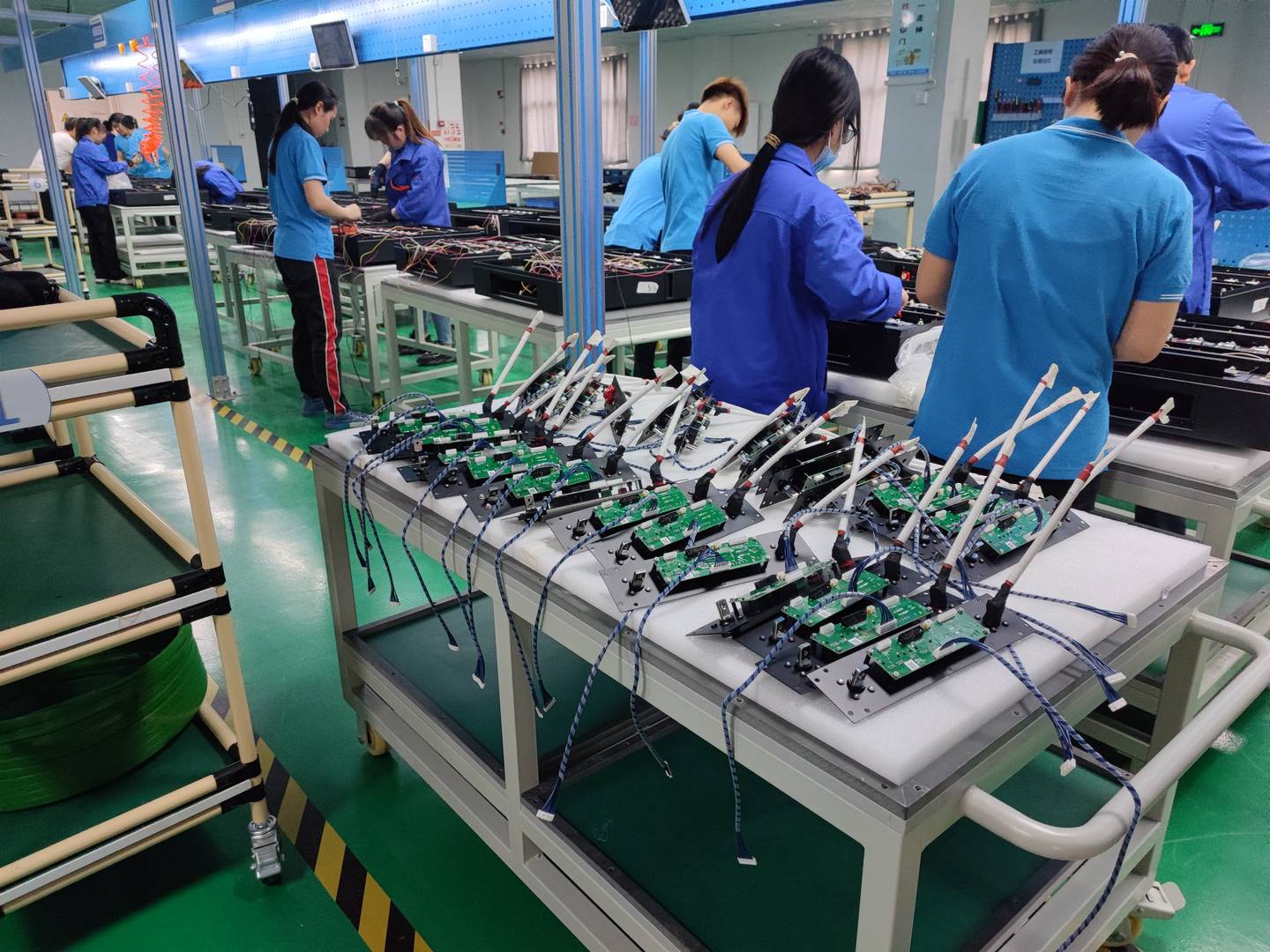
A battery management system (BMS) is an essential component of a lifepo4 battery. It provides advanced control and protection to the cells, ensuring their safe operation and prolonging their lifespan. The BMS monitors and regulates all aspects of the battery’s performance including cell balancing, charge/discharge cycle tracking, overvoltage/Undervoltage detection, temperature monitoring, short circuit prevention, and more.
The primary function of a BMS is to ensure that each individual cell within a pack remains at its optimal voltage level. This prevents one or more cells from becoming over-charged or under-charged which can cause significant damage to the entire system.
A well-designed BMS also allows for precise configuration of charging parameters such as maximum charge current, minimum discharge current and other parameters specific to the particular application. In addition, it can provide real-time feedback on the status of each cell in order to facilitate accurate diagnosis should any issues arise.
For applications requiring additional safety features, some BMS designs offer integrated fire suppression systems or even remote shutdown capabilities. As such, incorporating a reliable BMS into your lifepo4 battery system is crucial for ensuring its efficient and long-term performance with minimal risk of failure due to improper handling or maintenance.
To maximize the overall efficiency and lifespan of your lifepo4 cells it is important that you select the appropriate BMS for your system configuration.
Benefits Of Using A BMS
The use of a Battery Management System (BMS) provides numerous benefits to a LifePO4 battery. With an effective BMS in place, the overall performance of the system will be improved and better battery longevity can be achieved. Furthermore, enhanced safety features are also provided by using a BMS.
Below are some of the main advantages of implementing a BMS:
- Improved system performance a well-configured and balanced BMS ensures that every cell within the battery pack is charged equally, thus avoiding overcharging or undercharging any single cell which could lead to premature deterioration or permanent damage.
- Better battery longevity - A properly functioning BMS will help protect against deep discharge cycles, thereby increasing the life expectancy of cells within the battery pack.
- Enhanced safety features - By monitoring voltage levels and temperature readings it is possible to identify any potential issues before they become more serious. The addition of short circuit protection and other safeguards adds another level of security when dealing with high-power LiFePO4 batteries.
- Improved battery charging - Through active current balancing during charge cycles it is possible to improve upon traditional CC/CV methods used by many conventional chargers, further extending the lifespan of each individual cell within the pack as well as ensuring efficient use of energy throughout its lifetime.
- Reduced user intervention - By taking away much of the manual labor associated with checking individual cells for irregularities it is possible to save time and money while making sure all components remain in peak condition at all times without regular maintenance or calibration checks being required from users.
In summary, utilizing a BMS helps extend the useful life span of a LiFePO4 battery along with providing superior performance due to increased accuracy and efficiency compared to non-monitored systems; all while adding additional layers of safety protection through advanced monitoring capabilities.
Drawbacks Of Using A BMS
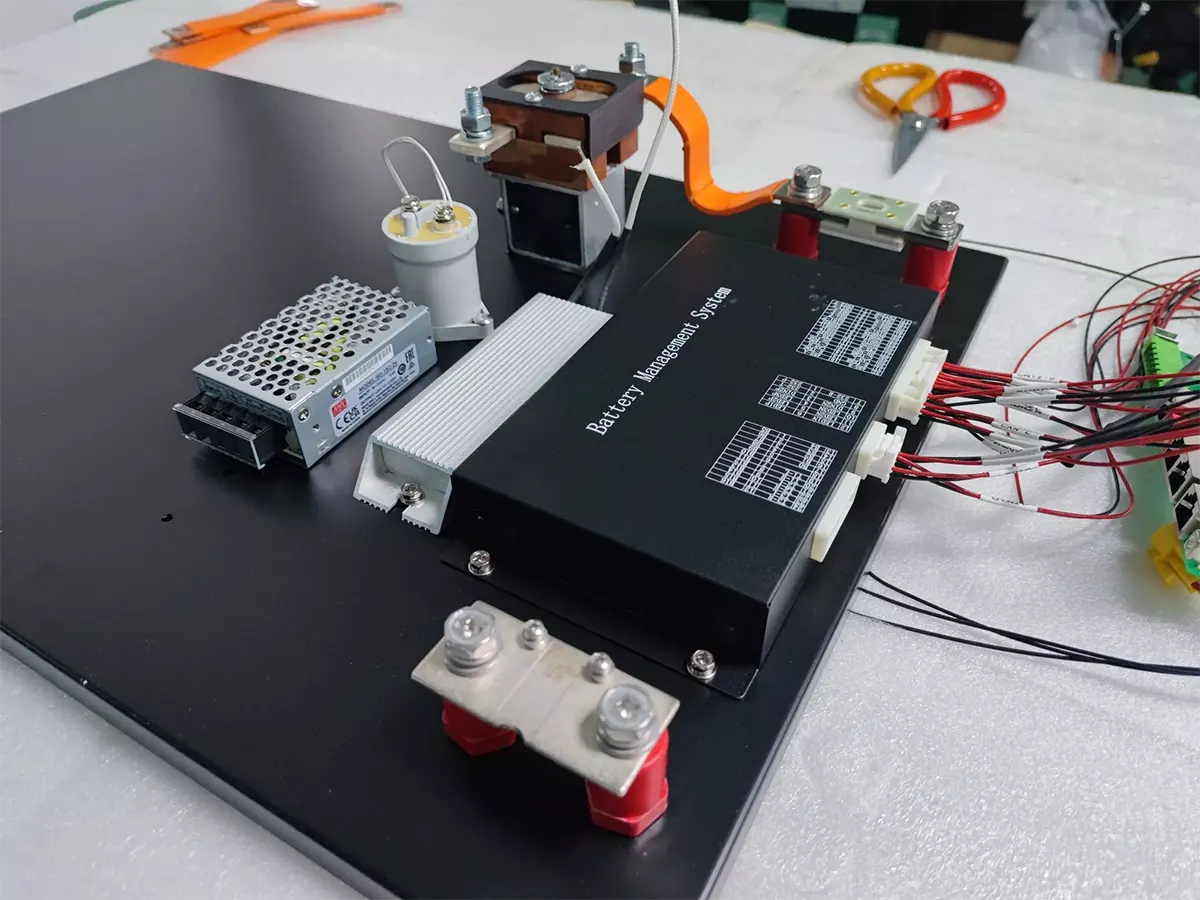
One of the drawbacks of using a BMS for LiFePO4 batteries is its cost. A BMS can be expensive to purchase and install, adding an additional financial burden on top of the already high cost of these batteries. Additionally, a BMS adds weight to the battery system as it requires additional wiring and hardware components which makes them heavier than their counterparts without a BMS.
Another disadvantage is that due to limited capacity, many BMS systems are unable to support larger LiFePO4 battery banks. This limits the amount of energy storage available in a single system and reduces overall reliability due to reduced redundancy within the battery bank itself.
Finally, a lack of protection from certain types of failure modes makes LiFePO4 batteries without BMSs less safe when compared with those equipped with one. These safety issues may include over-discharge or thermal runaway which could lead to catastrophic failures such as fire or explosions if not addressed properly.
| Drawbacks | Explanation |
|---|---|
| Expensive | Can be costly to purchase and install |
| Heavy | Additional wiring/hardware increases the weight |
| Limited Capacity | The inability to support larger battery banks reduces energy storage & reliability |
| Reliability Issues | Reduced redundancy within battery bank leads to potential problems |
| Limited Safety | Lack of protection from some failure modes results in increased risk |
Risks Associated With No-BMS Setups
When using a lithium iron phosphate (Lifepo4) battery without a Battery Management System (BMS), there are numerous risks that should be taken into consideration. These include:
- Battery Failure - When used without the protection provided by a BMS, overcharging or discharging can cause irreversible damage to the cells of the battery, leading to failure and potentially hazardous conditions.
- Battery Damage - Without proper monitoring in place, it is difficult to detect any issues that may arise with the batteries before they become serious problems. Such issues could lead to permanent damage, reducing cell performance and potential safety hazards such as an electrical fire.
- Electrical Fire - A lack of temperature control while charging or discharging can result in thermal runaway which leads to excessive heat generation within the cells and eventually sparks an electrical fire if not addressed immediately.
- Overall Safety Risk - Generally speaking, when operating Lifepo4 batteries without a BMS, users risk compromising their own personal safety due to inadequate protection from power surges or other unforeseen circumstances caused by mismanagement of the system itself.
Ultimately, given these risks associated with no-BMS setups, it is highly recommended for all users of Lifepo4 batteries utilize some form of protective measures such as fuses or circuit breakers in order to ensure safe operation and prevent any catastrophic events from occurring.
Additionally, regularly monitoring voltage levels during use will help inform users about any irregularities present so appropriate action can be taken quickly and efficiently. In essence, taking precautions against potential dangers posed by no-BMS systems is essential for maintaining long-term reliability and user safety at all times.
Choosing The Right Cells For Your Setup
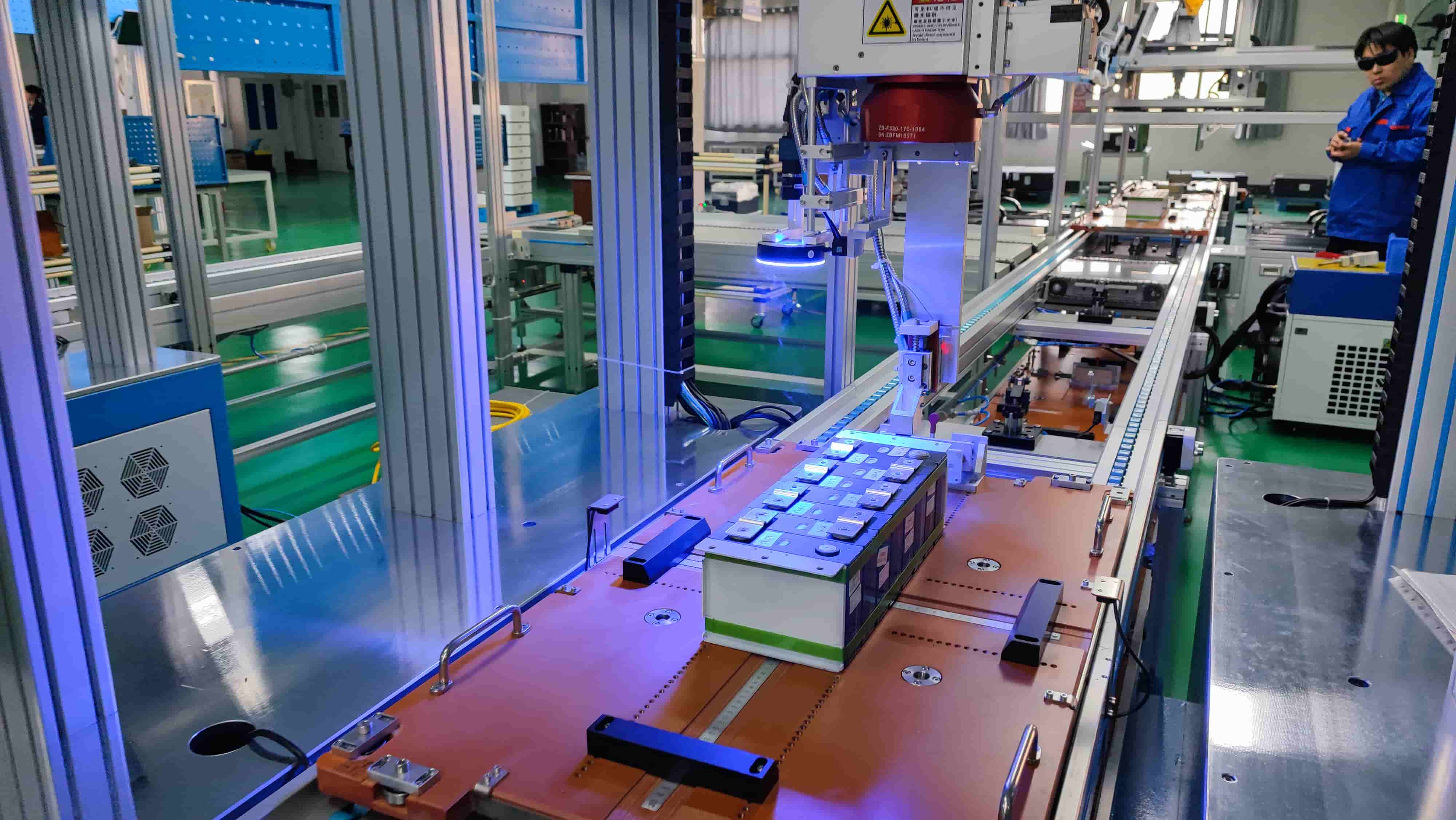
Undeniably, selecting the right cells for your lifepo4 battery setup is an imperative step in achieving success. It's a decision that can make or break your project literally! With so many options and variables to consider, it can be overwhelming trying to determine which cells are best suited for you and your needs. Fear not; with a little bit of knowledge under your belt, choosing the right cells doesn't have to be such an intimidating task.
To start off on the right foot, first, you'll want to think about what type of application you intend to use the battery for. This will help narrow down your choices and provide some guidance when researching various cell types.
For instance, electric vehicles typically require high power density and capacity whereas solar energy storage systems tend to focus more on efficiency than raw power output. Knowing this ahead of time makes it easier to find batteries that match those criteria while avoiding any potential compatibility issues later on down the line.
Additionally, pay close attention to any safety ratings associated with each individual cell as well as its overall discharge rate. Lifepo4 batteries generally perform better at lower temperatures but may still need additional cooling depending on how much power they're expected to produce. Taking into account all these factors ensures that everything runs smoothly once the installation is complete.
It goes without saying that picking out the perfect cells for your lifepo4 battery setup takes considerable thought and effort; however, having done our due diligence upfront gives us peace of mind knowing we've selected components built specifically for our mission-critical applications.
Configuring Your System Properly
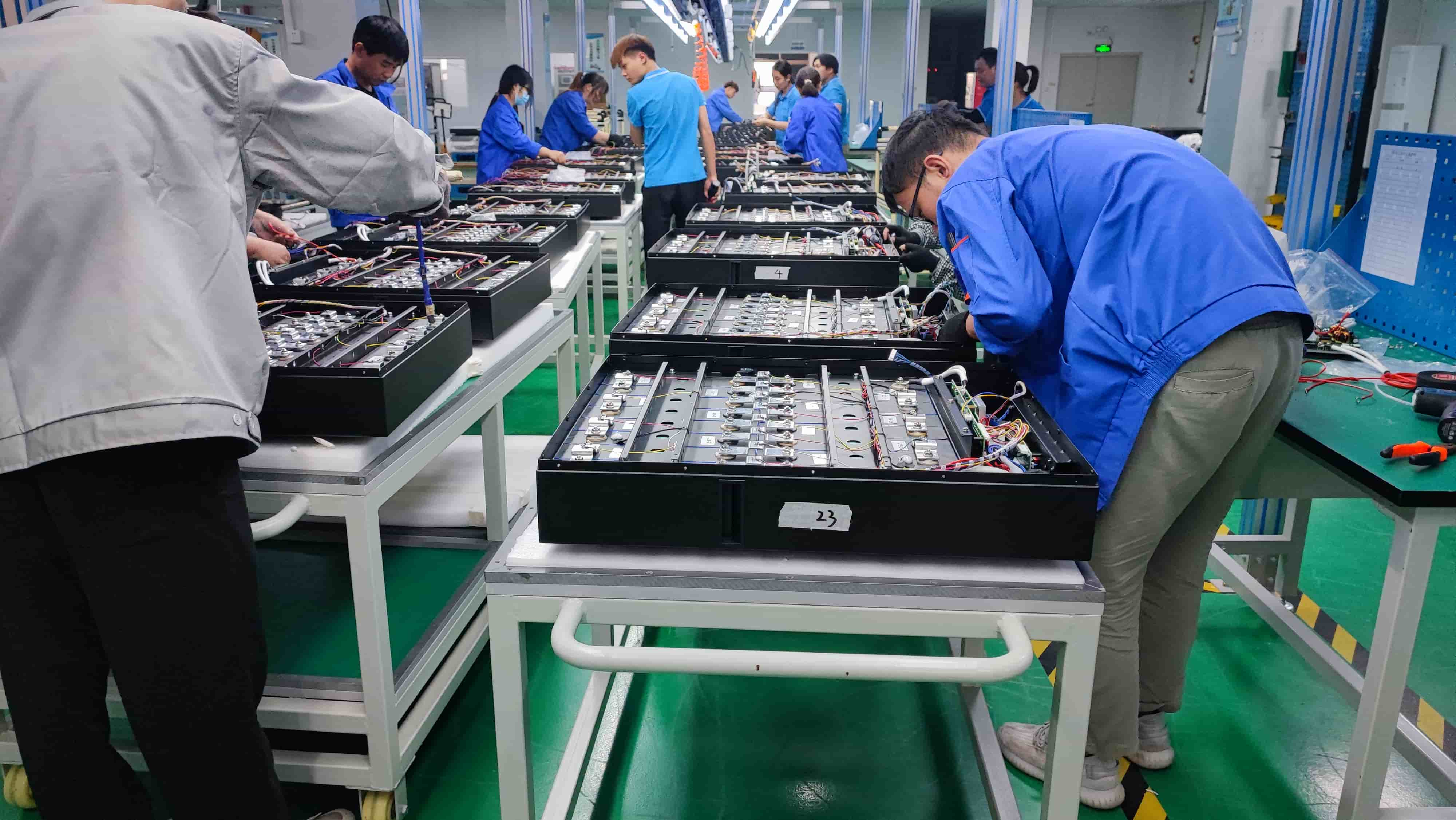
When using a LiFePO4 battery without a BMS, it is important to ensure the system is configured properly. This involves setting up the correct configuration parameters and ensuring that all components of the system are correctly connected and operating optimally. The proper setup helps maximize efficiency, performance and safety while minimizing downtime due to unexpected shutdowns or malfunctions.
The first step in configuring your system for optimal operation is to set up the appropriate configuration parameters based on manufacturer guidelines and/or desired usage requirements.
These can include settings such as voltage limits, current limits, temperature thresholds, charging rates, discharging rates and other variables. It may also be necessary to adjust certain settings depending on conditions such as ambient temperatures or load levels.
Once the configuration parameters have been established, it is essential to check connections between various components of the system including but not limited to batteries, control systems and power sources.
All wires should be securely attached with no frayed ends or exposed conductors; terminals should be tight and free from corrosion; fuses must be rated appropriately for their application; etc. Ensuring proper connections will help reduce the risk of short circuits which could lead to damage or even fire hazards if left unchecked.
It is therefore critical that any LiFePO4 battery system without a BMS undergoes proper configuration before use in order to get the best possible results.
By taking the time upfront to configure properly according to manufacturer specifications, users can enjoy peace of mind knowing their setup is optimized for maximum performance and reliability over its lifetime of use.
Balancing Your System

When using Lithium Iron Phosphate (Lifepo4) batteries, balancing your system is a key factor in achieving optimal performance. During the charging and discharging process, cells will naturally become imbalanced due to varying current levels across all cells. This can lead to an overall decrease in capacity, shorter cycle life and potentially dangerous situations that could damage or even destroy the battery altogether.
In order to prevent these issues from occurring, it is important to balance your Lifepo4 cells through several methods of electrical or power balancing.
Electrical balancing works by actively equalizing cell voltage levels during charge and discharge cycles while power balancing utilizes resistors to regulate the amount of energy each individual cell receives. Both techniques are effective at keeping cells balanced and should be used in conjunction with one another for the best results.
The importance of battery balancing cannot be overstated as it helps maintain peak performance, extends cycle life and reduces safety risks associated with LiFePO4 technology.
It is essential for anyone using lifepo4 batteries in their application to understand how to properly balance their system for maximum efficiency and reliability. Properly balancing your Lifepo4 cells will ensure safe operation throughout its lifespan without any unexpected surprises along the way.
Monitoring & Testing Your System
Without a BMS, it is important to monitor and test your system in order to ensure its proper performance. Monitoring the battery cells with an appropriate multimeter can detect any issues that may arise from incorrect charging or discharging of the LiFePO4 batteries. Testing is also necessary to measure the capacity and health of lithium-ion cells.
System monitoring requires special attention since LiFePO4 batteries are sensitive to their environment. The ambient temperature should be monitored as well as the cell voltages during charge and discharge cycles. Any changes in these parameters could indicate a problem within the system so it's best to take note when you observe them.
Additionally, measuring ESR (Equivalent Series Resistance) on each cell will provide insights into how much power they're capable of delivering at any given moment and if there are any imbalances between cells. This data can then be used to adjust settings accordingly for optimal performance.
The importance of testing LiFePO4 batteries cannot be overstated either - by regularly performing tests such as capacity testing, current draw measurements, internal resistance measurement and other types of stress tests, users can gain valuable insight into their battery’s capabilities and make adjustments if needed to extend its lifespan while still meeting their needs safely and efficiently.
Properly monitoring and testing your system allows users to have more control over their setup without relying solely on a BMS for protection; this way, problems can be detected before serious damage occurs instead of after when repair costs become significantly higher.
Maintenance & Care Tips For A No-BMS Setup
The maintenance and care of a no-BMS setup for lithium iron phosphate (LiFePO4) batteries require specific knowledge, skill, and attention. It is essential to follow the tips listed below in order to maximize battery performance and longevity.
| Tip | Benefit | Impact |
|---|---|---|
| Check Voltage Regularly | Monitor system health & detect faults early on | Positive |
| Avoid High Temperatures | Prolong life & prevent thermal runaway | Positive |
| Balance Cells Upon Recharging | Restore cells to full capacity | Positive |
| Use Appropriate Chargers/Inverters | Prevent overvoltage or undervoltage damage | Negative |
By regularly checking voltage levels via a voltmeter, users can take proactive steps to ensure the proper operation of their LiFePO4 battery banks and avoid potential problems stemming from high temperatures. Balancing cell outputs upon recharging will help restore each cell back to its optimal level, ensuring uniformity of power output across all components within the system.
Additionally, it is important to be mindful when selecting compatible chargers or inverters; using ones that are not designed specifically for use with LiFePO4 batteries could potentially result in permanent damage due to either overvoltage or under-voltage conditions.
Before any long-term usage, it is recommended to first perform some basic tests on the system as a whole - such as charging and discharging cycles - before connecting anything else up. This simple procedure helps identify any issues at an early stage so they may be properly addressed prior to further deployment.

Furthermore, by setting up alarms and notifications around key parameters like temperature thresholds and total current draw during peak hours, users can gain greater peace of mind while relying less on manual checks. In summary, following these easy yet effective tips can drastically reduce maintenance costs associated with running a lifepo4 without BMS while optimizing overall user satisfaction.
Alternatives To No-BMS Setups
For those who are unwilling or unable to install a battery management system (BMS) on their lifepo4 battery-powered applications, there are several alternatives that can provide some level of protection and safety. Although these options will not provide the full coverage and control of a BMS, they may be sufficient for many users' needs.
To begin with, low-cost BMS solutions are available for purchase in various configurations depending on the user's requirements. These systems typically include sensors to measure current, voltage, and temperature; as well as relays or switches to disconnect power if necessary. This type of setup allows users to monitor conditions within their batteries while also providing an additional layer of protection against overcharging and discharging.
Custom BMS setups are another option for those seeking more flexibility when it comes to managing their lifepo4 batteries. With this approach, users can design their own circuitry using off-the-shelf components such as microcontrollers and analog circuits. They then connect the custom circuit directly to the battery pack, allowing them to create tailored monitoring solutions tailored specifically to their application's needs.
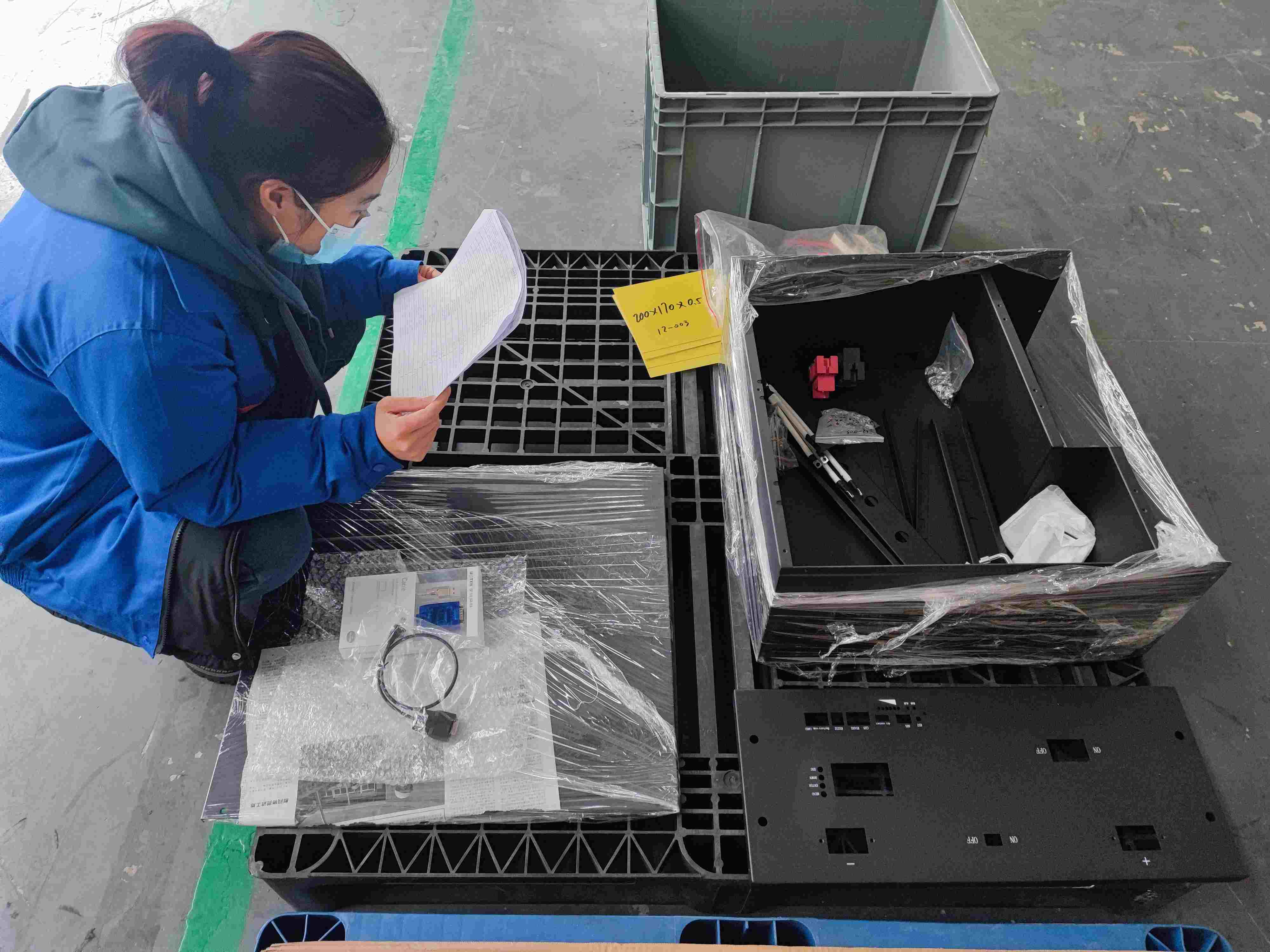
Lastly, integrated BMS setups offer a comprehensive solution that combines elements from both low-cost and custom setups. This type of system typically includes a preprogrammed chipset which is designed to protect the battery from excessive charge/discharge cycles by controlling charging currents, cutting off discharge paths at certain thresholds, etc. Additionally, many models come equipped with features such as short circuit detection and cell balancing capabilities for ultimate peace of mind when it comes to safety during operation.
In order to find the best fit for one's particular application then - whether it be a low-cost BMS, custom BMS, integrated BMS, or even a DIY BMS - all potential users should first evaluate their individual goals along with budget restrictions before committing to any specific solution so that they can rest assured knowing that their choice provides maximum efficiency coupled with optimal levels of full protection.
Safety Precautions For No-BMS Setups
When using a lifepo4 battery without the protection of a Battery Management System (BMS), it is important to take certain safety precautions. This list of preventative measures will help ensure that responsible practices are followed when working with this type of setup.
First, it is essential to familiarize yourself with the voltage levels and charge cycles associated with your particular model. For example, some models require special charging procedures or have specific discharge limits in order to avoid damage to the cells. Understanding these specifications can help you use the battery safely and extend its lifespan significantly.
Second, when connecting any components such as wiring harnesses or chargers, be sure to double-check all connections for accuracy before powering on. Improperly wired equipment can create dangerous electrical shorts which could lead to serious injury or fire hazards. It is also recommended that all cables be rated for high-temperature environments since most batteries generate heat during operation.
Finally, always exercise caution when handling a no-bms setup by keeping flammable materials away from exposed wires and terminals. Make sure there are no loose parts inside the housing unit that could cause short circuits while operating at higher amperes. Following these steps will enable safe usage and peace of mind when dealing with a lifepo4 battery without BMS protection.

Conclusion
Lithium iron phosphate (LiFePO4) batteries are increasingly popular in a variety of applications due to their numerous advantages. As such, it is becoming more common to see LiFePO4 battery systems without BMSs being used. While these setups can be beneficial and cost-effective for certain circumstances, users should understand the risks associated with operating a no-BMS system.
By monitoring and testing regularly, carefully maintaining the batteries and taking necessary safety precautions, users can safely use LiFePO4 without a BMS much like an experienced bird watching for potential threats before soaring into the sky.
Although there are several alternatives to using no-BMS setups that may provide greater protection from unexpected power issues or environmental conditions, they come at a higher price point than those who choose to forego any form of battery management system altogether. It is up to individual users to weigh their options based on their particular application needs and budget constraints.
In conclusion, while running LiFePO4 systems without BMSs has its own set of benefits and drawbacks depending on user’s specific needs, careful consideration must be taken when deciding how best to manage your system.
With proper maintenance and regular monitoring, these types of setups can still provide reliable performance similar to a well-trained eagle soaring through the air if done correctly.
